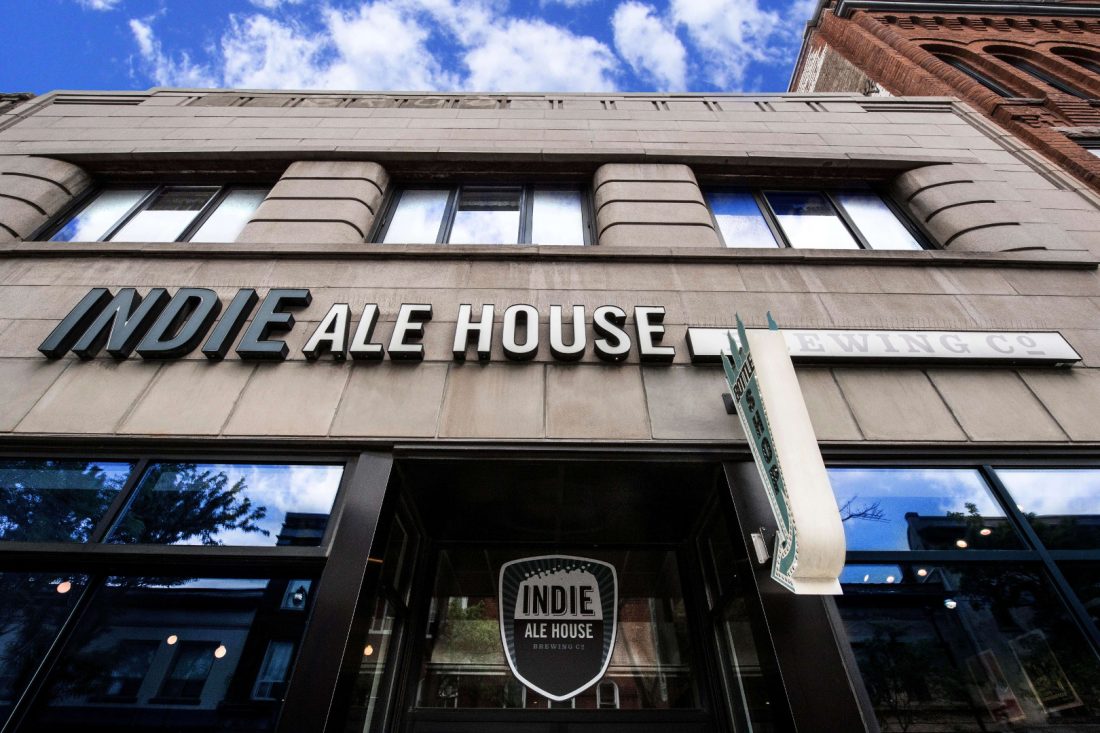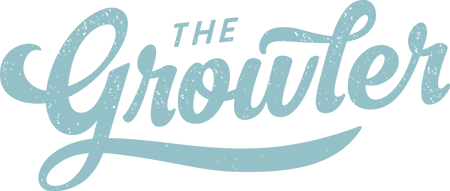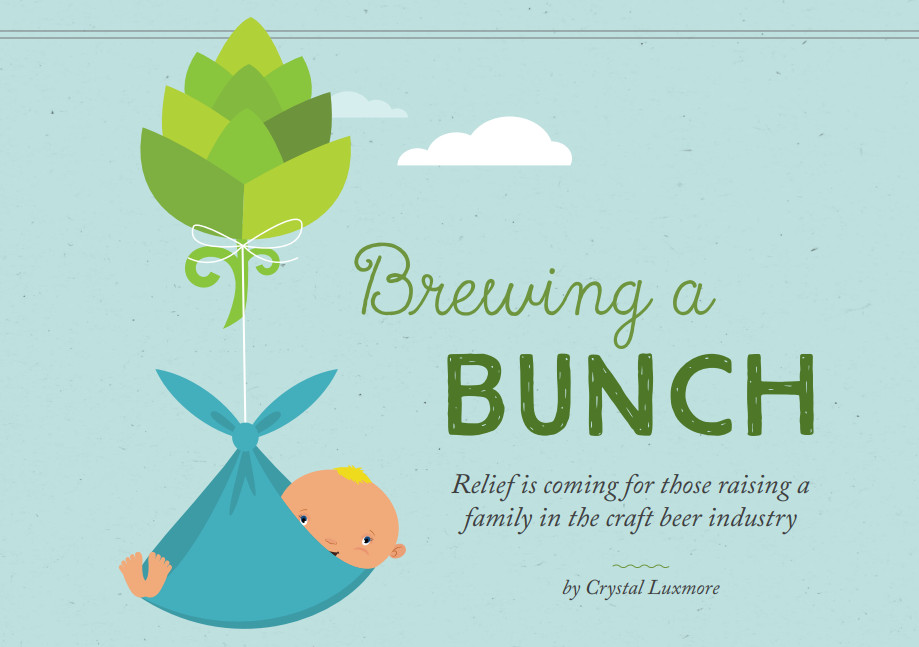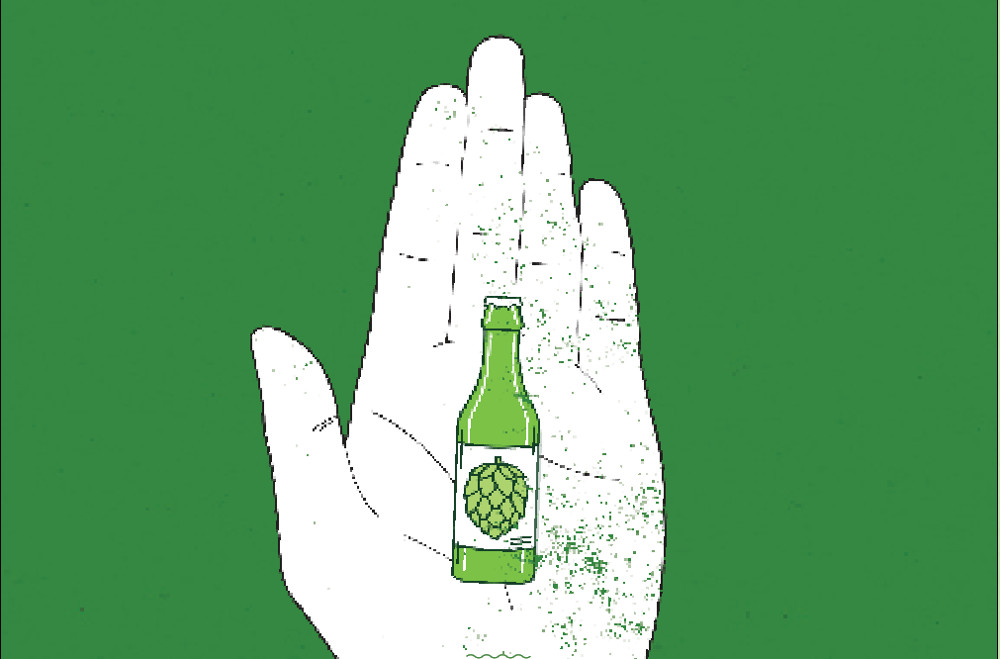
These days Jason Fisher is usually up at 3:30 a.m. He opens his laptop, pulls up an Excel Spreadsheet and punches in some numbers. “OK,” he tells himself, “We can be alive for the next four days, so let’s use those wisely.”
In November, Canada’s largest brewhouse manufacturer, DME, announced it was going into receivership—owing around $70 million in equipment and money to lenders and clients. That plunged a number of North American breweries and brewpubs, who had sometimes paid in full for equipment that hadn’t even been made yet, into a sea of debt that will drown some of these small businesses.
Indie Alehouse had steadily built up enough savings to comfortably borrow and finance the building of a new production brewery in Etobicoke. And Fisher decided that rather than buying a cheaper brewhouse from China, he’d choose a Canadian manufacturer.
He never anticipated that one of the most reputable brewhouse manufacturers in North American would go bankrupt.
Fisher was one of the few brewery owners who went public about how much money Indie Alehouse had lost in this deal — $800,000 — that he will “most likely never recover.” Other breweries kept quiet for fear their investors and lenders would flee. In a blog post announcing the loss he said, “It won’t kill us.” But a recent letter from the court has been another disappointment.
Fisher and other claimants were hoping to get some money back from the sale of DME’s assets. But the court letter stated that not enough money had been recouped to pay any of the breweries a dime — the bank gets their money first.
Indie Alehouse had paid DME $800,000 for the brewhouse. But he can’t claim it through insurance. That’s because nothing had been built at their new production brewery in Etobicoke by the time DME filed for bankruptcy so Fisher’s insurance found that Indie did not yet own the brewhouse.
Stress has taken on a toll on Fisher and his team. There are likely more lawsuits to come—which may take a decade or more to settle with no guarantee of recouping any coin.
And yet, through all of this, Indie hasn’t compromised on its quality, principles or creativity. Fisher delivers the blows matter-of-factly while we both nose the brewery’s latest experiment: a RAW IPA. It looks like a glass of pale orange gelato — but ignore the haze — that isn’t the point here. The beer is made without quite boiling the wort, instead it’s heated to about 85° Celsius. This gives you a sugar base with longer chain proteins which results in a bigger body. Soft notes of mango, guava and coconut crest on a big wavy body that crests and gently subsides into a curiously light-bodied finish. It’s strange in the very best way.
What’s next
Despite the brewhouse loss, Fisher is forging on with the production brewery. After Fisher went public about the DME loss, many local breweries offered him their old tanks, resources loans or pieces of equipment, and the beer community rallied around Indie. But the odds and ends did not make a working brewhouse.
So instead of the state-of-the-art, automated Canadian-made brewery he’d ordered from DME for $800,000, he borrowed more money to buy a 24-year-old brewery that is about half the size of the planned brewhouse.
“It’s a Cadillac superstar brewery,” says Fisher, “but it’s from 1995.” Brewers will be shovelling and hauling grain around the German-made Kaspar-Schultz, and it’s not likely the computer will come in very handy since it uses a 5 1/4 inch floppy disk.
“It’ll be a great brewery if we ever get it to work—the manual is in German,” he says half-jokingly. The team plans to have the 20 BBL production brewery running by August.
The beer coming out of there will bring new challenges: Indie’s brewpub is so small that they’ve never had to fight for a tap line at a bar. “We used to joke that when anyone calls the answer is always no — no, we don’t have beer to sell you.” But as Indie scales up to a production brewery he needs to hire some salespeople and develop a strategy.
With all of these stresses, the business puts its integrity first—the quality of the food and the beer are number one. Tasty experimentations like the RAW IPA we’re sipping on as we talk are coming out every six weeks. Collaborations with friends like Short Finger Brewing are on the calendar. Fisher has managed to hang on to all of his staff. And he’s marrying his long-time partner in a few weeks time.
“The point is to survive,” says Fisher, “not to change who we are in order to survive.” Instead, things have been shelved, possibly permanently—like the one to eventually open a taproom at their production brewery.
So how do he and his team get through? “When we were opening Indie my approach was: Shit is going to go wrong, but just get something done at the end of the day.” So, day to day he just tries to mark another thing completed on his agenda.
He admits that this problem is 100 times worse than anything he faced when opening Indie. But he’s got no choice to but to swim — and try to slowly shovel the company out of debt.
I ask him if he’s considered a Go Fund Me Campaign and he shrugs it off immediately saying, “There are people who are worse off than me. There’s a brewery in Saskatchewan whose owners lost their house and farm from the DME receivership.” His survival instinct is strong.
“In ten years, if we survive it, things will be amazing. If it kills us? I don’t think it will—we’ll just grind it out,” he muses.
Fisher’s method of grinding it outcomes from a book he read called Good to Great, which tracks survival rates of Prisoners of War. “Those who were super positive died. Those who were super negative died. But the prisoners who were balanced in their outlook but also focused on changing it survived,” says Fisher.
“You’ve got to be brutally honest in where you are and what’s coming in order to do something about it.”
Drink These Indie Beers Now
There are plenty of opportunities to taste what Indie is doing right now, including…
Instigator IPA, Grab it at the LCBO
One of the OG’s of Indie’s lineup, toast the brewery’s hard-won survival by picking up a bottle at the LCBO — and then go buy the rest of their stash at their Junction bottleshop. This beauty drinks like a summer fruit salad – strawberry, honeydew melon and orange lead to a racy, pine-like bitterness sailing on a creamy body.
Spectre Dry Hopped Saison, Pick it up at Indie’s Bottleshop
Whipped, egg-white froth that clings to the glass is a visual tell of a perfectly-crafted saison. It drinks like an Old World classic — smooth notes of peaches and nectarines are punctuated by peppery acoustics, with a long, bone dry finish. Keep this one on your table all summer long.



